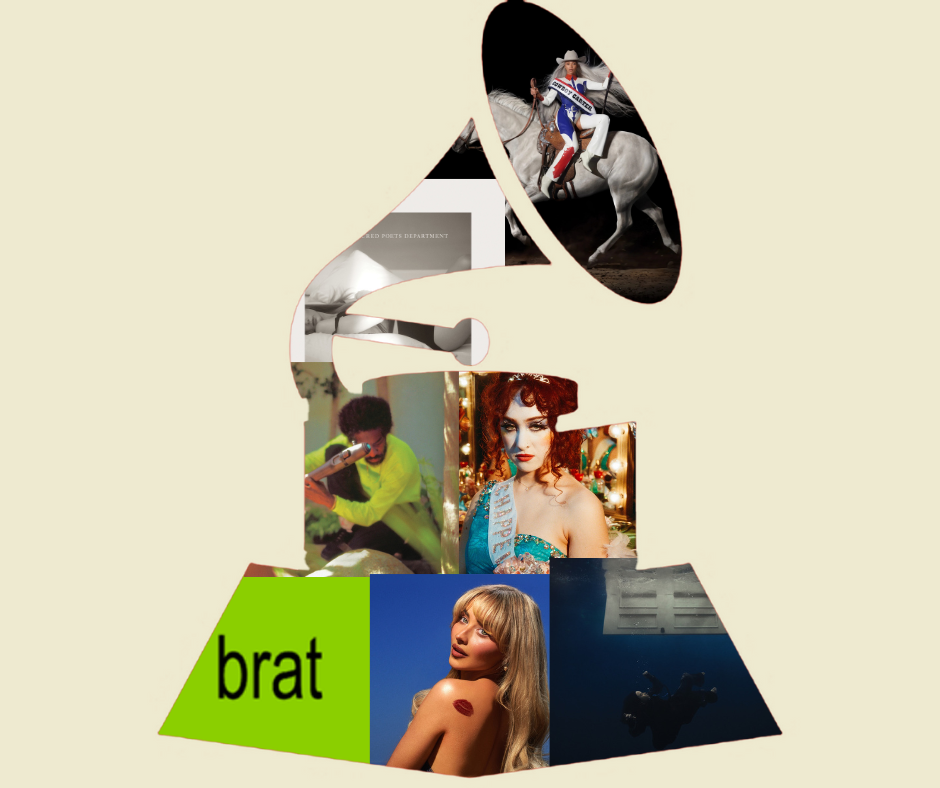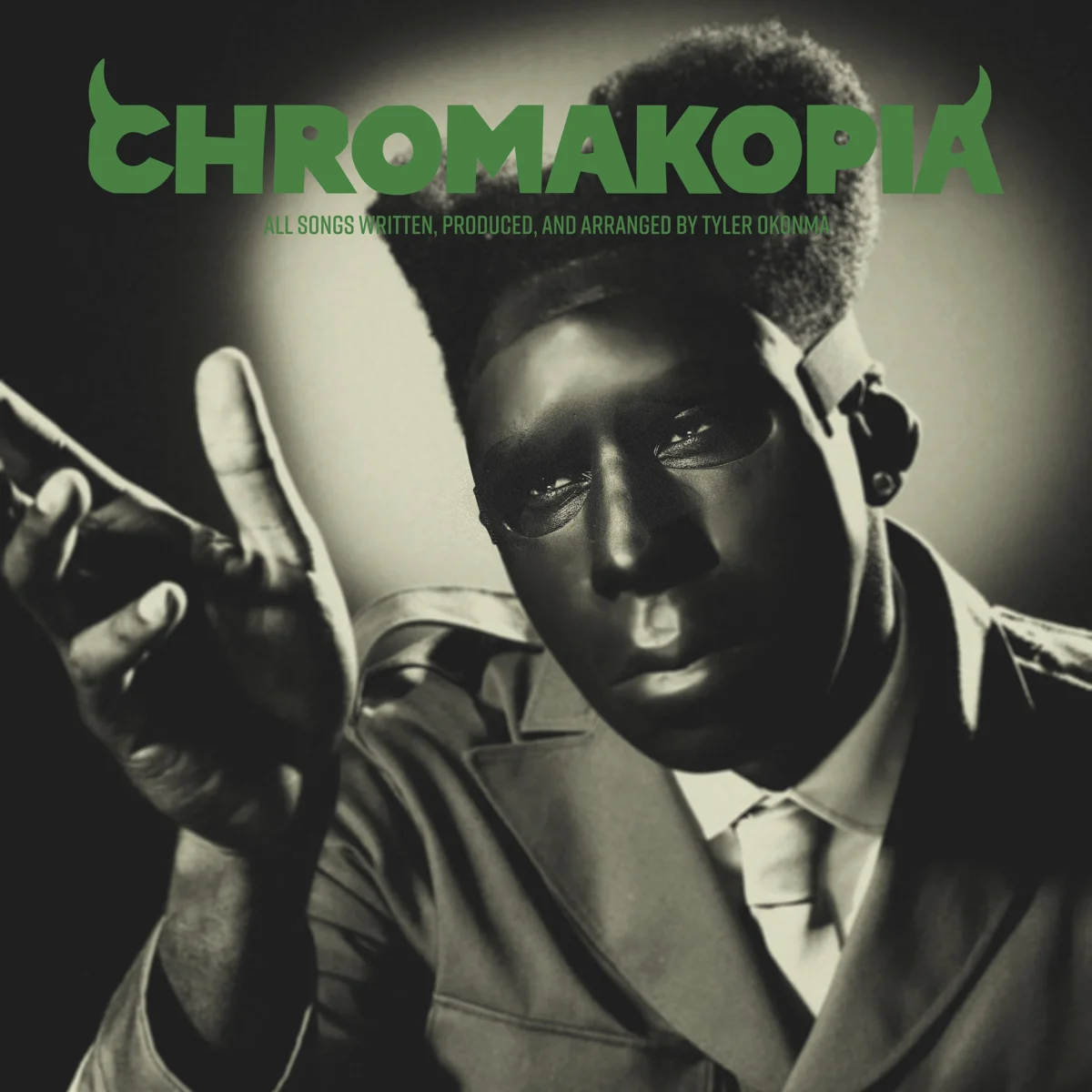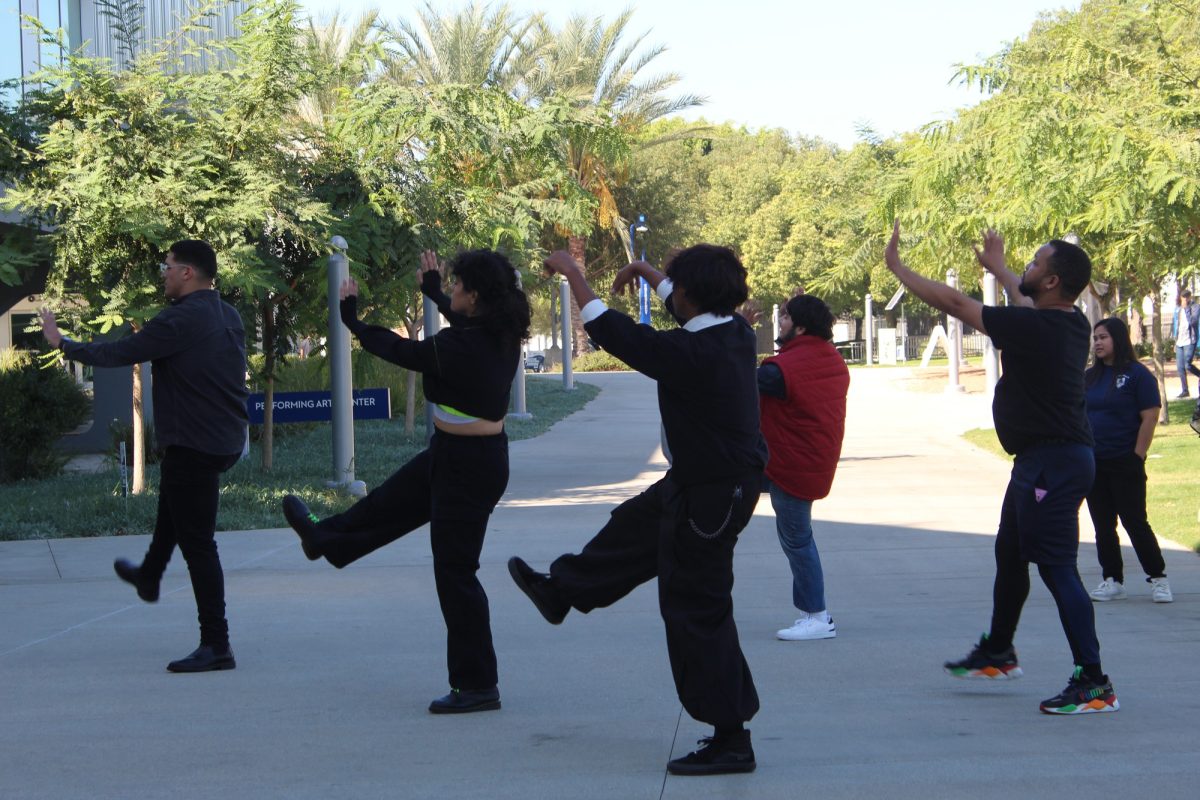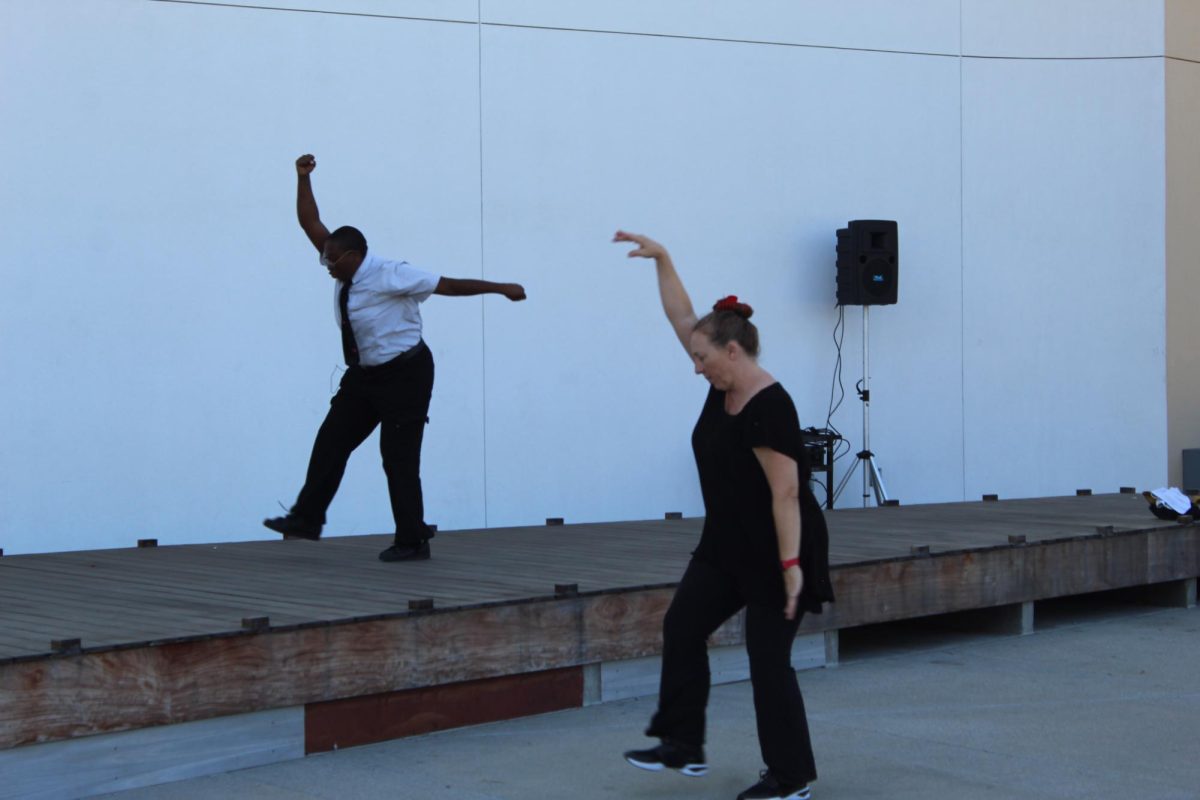On Dec. 7th, “Mowgli: The Legends of the Jungle,” the last adaptation of Rudyard Kipling’s classic tale, was released on Netflix, removing itself from the iconic child friendly characterization.
Within the film, director Andy Serkis includes a daunting cast that provide their voice and motion capture movements in order to creatively portray the vulnerability and brutality of the jungle that is featured in Kipling’s original stories.
Without a doubt that this was presented more of a challenge for the actors instead of a straightforward voice work. The result ended with the animals as very expressive and greatly effective.
There were more of a well-rounded and a quite relatable theme where as the Disney counterparts were not as endearing.
In order for the film to stand widely apart from the original story, there are are a new variation of subplots and characters. However, too much can also lead the audience to become bored and tired.
With new characters introduced, such as ‘Bhoot,’ it ruins the film’s mismatched visual style. As Serkis tried to separate the retelling from the others, the extras and their experiments did not really work out.
Because it many taking many years just put together one CGI based film, it may have been bad timing for Mowgli to be released once after the the 2016 live action film that Jon Favreau based on Disney’s 1967 animted film.
However, as you might have seen, the film’s title is ”Mowgli” so it doesn’t primarily focus on the animals in this case. It felt as though it was more of narrative that drew out the animals of the jungle so we can hear their stories together.
But, it felt as though Mowgli’s character was less of an ensemble character, but rather the film’s central plot was to convey his character’s development. It was more of a coming of age story that tries to identify him as a both and neither a wolf and a human.
It was in fact surprising to see that once reaching the middle of the film, plot goes goes wildly off it’s course, following into Kipling’s work rather the continuation of the familiar Disney film narrative.
It was enjoyable to see how there was a sudden realization to not having a clue of the next scene to occur. Specifically, after being eased into the false sense of security from the assortment of scenes familiar from to the original film.
Although there are quite a few inexorable similarities, both Serkis’ reinterpretation pf the “Jungle Book” and Disney’s original version are worth watching eve though I would wait to see the more gruesome and messier version from Netflix once children have grown past the peaking age of Disney.
Overall, Serkis created such a visually striking movie that of course Netflix would be grateful and fortunate to have gotten the opportunity to get their hand on and release.
Serkis adaptation has the most important and relevant necessities required to put on you list of films to watch, even though there is a lack of music.









